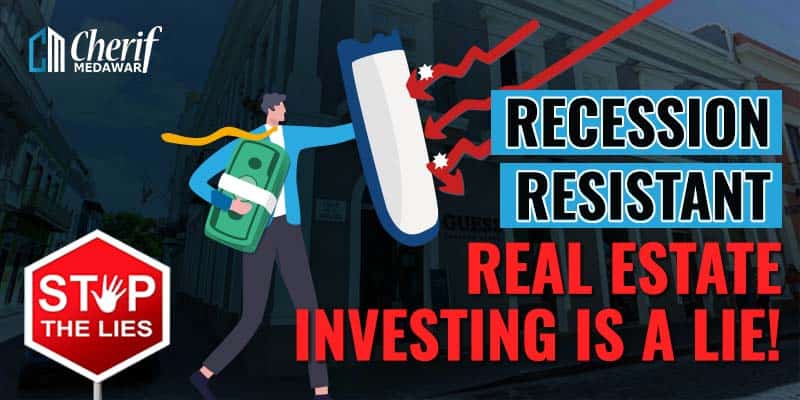Eco-Friendly Real Estate: Building a Sustainable Future
Real estate has traditionally been an industry that needs to pay more attention to its environmental impact. However, as the world becomes increasingly aware of the need to protect the planet, there has been a shift towards eco-friendly real estate. In this article, we will explore what eco-friendly real estate is, why it is essential, and how it can benefit everyone involved in the industry. What is Eco-Friendly Real Estate? Eco-friendly real estate is a concept that involves the use of sustainable and environmentally-friendly building practices, materials, and technologies. This approach to real estate aims to reduce the impact that buildings have on the environment and improve the quality of life for those who live and work in them. The Importance of Eco-Friendly Real Estate Environmental Impact The impact that buildings have on the environment is significant. For example, facilities are responsible for many greenhouse gas emissions and natural resources such as water and energy depletion. Eco-friendly real estate can help to reduce these negative impacts by using sustainable materials, renewable energy, and water conservation techniques. Social Impact Eco-friendly real estate can also positively impact the social well-being of those who live and work in the buildings. For example, buildings designed with human health and well-being in mind can improve productivity and reduce stress levels. Additionally, buildings that use renewable energy and water conservation techniques can ensure these resources are available for future generations. Economic Impact Eco-friendly real estate can also have a positive economic impact. Buildings designed with sustainability in mind can reduce energy costs, saving money in the long run. Additionally, eco-friendly buildings are often more attractive to potential buyers and renters, which can increase property values. Benefits of Eco-Friendly Real Estate Reduced Energy Costs One of the main benefits of eco-friendly real estate is the reduction in energy costs. Buildings designed to be energy-efficient can use up to 50% less energy than traditional buildings. This can result in significant savings on energy bills for the building owner and tenants. Improved Health and Wellbeing Eco-friendly buildings are designed with the health and well-being of the occupants in mind. For example, buildings designed with natural lighting, improved air quality, and access to green spaces can improve productivity and reduce stress levels. Increased Property Value Eco-friendly buildings are often more attractive to potential buyers and renters. This can result in higher property values and increased demand for the building. Read More- BLUE OCEAN OPPORTUNITIES IN COMMERCIAL REAL ESTATE Eco-Friendly Real Estate Practices Sustainable Materials Using sustainable materials is an integral part of eco-friendly real estate. This includes using materials that are renewable, recycled, or locally sourced. Sustainable materials include bamboo flooring, recycled metal roofing, and reclaimed wood. Renewable Energy Renewable energy is another important aspect of eco-friendly real estate. This includes powering buildings using solar panels, wind turbines, and geothermal energy. This can reduce the reliance on fossil fuels and reduce greenhouse gas emissions. Challenges to Eco-Friendly Real Estate While eco-friendly real estate has numerous benefits, its implementation has several challenges. These challenges include: Cost Eco-friendly real estate can be more expensive to construct and operate than traditional buildings. This can be a significant barrier for developers and property owners who may need more financial resources to invest in sustainable practices. Lack of Awareness Many developers and property owners need to be made aware of the benefits of eco-friendly real estate. Therefore, there is a need for education and awareness-raising campaigns to promote sustainable practices and encourage the adoption of eco-friendly real estate. Regulations There may be regulatory barriers to the implementation of eco-friendly real estate. For example, building codes may not allow for the use of certain sustainable materials, or there may be zoning restrictions that prevent the installation of renewable energy systems. Conclusion Eco-friendly real estate is the way forward to building a sustainable future. It offers numerous benefits, including environmental, economic, and social benefits. However, its implementation also has several challenges, including cost, lack of awareness, and regulatory barriers. Therefore, addressing these challenges and promoting sustainable practices in the real estate sector is crucial. Join the conversation on eco-friendly commercial real estate at Cherif Medawar’s Commercial Real Estate Round Table. Click here to learn more and register now!









